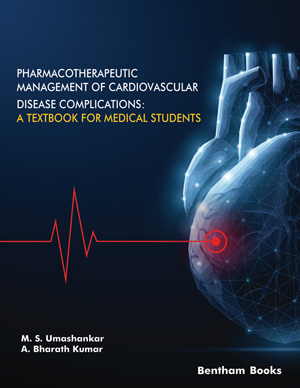Abstract
Valvular heart disease occurs by the defects in tricuspid, aortic, mitral, pulmonary artery leads to develop heart valve abnormalities. Gender, age, hypertension, diabetes mellitus, alcohol, smoking and hypercholesterolemia can contribute to the progression of valvular heart disease. Previous research studies stated that one-third of elderly patients echocardiographic examination showed that the evidence of calcific aortic valve sclerosis. Patients with age more than 60 years suffer from the calcific aortic stenosis. It is more prevalent in western countries as compared with other cardiovascular diseases such as coronary artery disease, angina pectoris, myocardial infarction, and hypertension. Previous research studies demonstrated that 40 million people are affected by the age group of 65 years in the 2010 year and expected to rise 55 million in 2020 and 72 million in 2030. Patients with clinical signs of aortic stenosis during the physical examination should undergo various other examinations like chest x-ray, electrocardiogram, and echocardiogram useful for the detection of valvular heart disease risk at the early stages. Aortic valve replacement is used to lower the progression of aortic stenosis among high-risk patients.
Keywords: Diabetes Mellitus, Electrocardiogram, Hypercholesterolemia, Myocardial Infarction, Valvular Heart Disease.






















